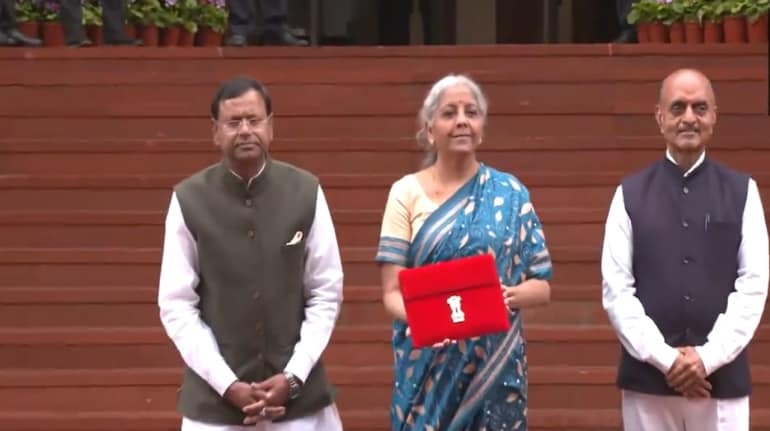
The Reserve Bank of India (RBI) on Thursday said retail inflation is expected to average well above its target band of 4%-6% in Q2FY24, and called for major reforms in the perishables supply chain to prevent recurrent price shocks.
To be sure, India’s consumer price index-based inflation rose to a 15-month high of 7.44% in July, primarily led by a rise in vegetable prices, especially those of tomatoes. This price shock came after inflation had cooled from its peak of 7.3% in Q1FY23 to 4.6% in Q1FY24.
The RBI’s monetary policy committee (MPC) earlier this month hiked its inflation forecast for current fiscal by 30 bps to 5.4% and for Q2, by 100 bps to 6.2%. It now looks that at least the Q2 forecast will be overshot.
“The vulnerability of the economy to recurring incidence of vegetable price shocks, especially ahead of and during the monsoon, warrants major reforms in perishable supply chains covering transportation networks, warehousing and storage technologies, and value addition processes that damp the amplitude of these swings,” the RBI said, in the monthly state of the economy report.
Stable prices for consumers, assured supplies and remunerative proceeds for farmers will follow when such reforms lead to efficiency and productivity gains, the report said.
Further, the report said that El Nino continues to pose macroeconomic risks over the second half of the current year and the outcome for food inflation in the Rabi season. Yet another upside risk, as per the report, is the outlook on crude oil prices that is marred by ‘engineered’ supply shortfalls.
It noted that the demand restraint exercised by monetary policy and supply augmenting measures are helping to offset price pressures considerably. In the absence of these policy responses, the inflation outlook would have been “far more adverse”.
Meanwhile, currency in circulation–the largest component of reserve money– decelerated to 4.2% as on August 4 from 8.2% a year ago, with 88% of the Rs 2,000 banknotes in circulation as on May 19 being returned as on July 31.
Scheduled commercial banks’ credit growth, excluding the impact of the merger of HDFC with HDFC Bank, moderated to 14.7% as on July 28 due to an unfavourable base effect and tapering of the momentum of credit offtake by industry, the report said. Despite a marginal dip, banks’ deposit growth remained strong at 12% excluding the impact of merger, as compared with 9.2% a year ago, it added.
The report noted that banks increased their 1-year median marginal cost of funds-based lending rate (MCLR) by 155 bps during May 2022 to July 2023. While lenders have completely passed on the repo rate hikes to their external benchmark-based lending rates (EBLRs), the weighted average lending rates (WALRs) on fresh and outstanding rupee loans have increased by 169 bps and 110 bps, respectively during May 2022 and June 2023.
Amidst robust credit demand, the weighted average domestic term deposit rates (WADTDRs) on fresh and outstanding deposits increased by 231 bps and 144 bps, respectively, during the same period. However, the transmission across bank groups during May 2022 to June 2023 has been uneven.
“The increases in the WADTDR on fresh rupee deposits and WALR on fresh rupee loans were higher in the case of public sector banks, while the increases in WADTDR on outstanding deposits and WALR on outstanding loans were higher for private banks,” the report said.
Spike in inflation: RBI calls for reforms in perishables supply chain - The Financial Express
Read More

No comments:
Post a Comment